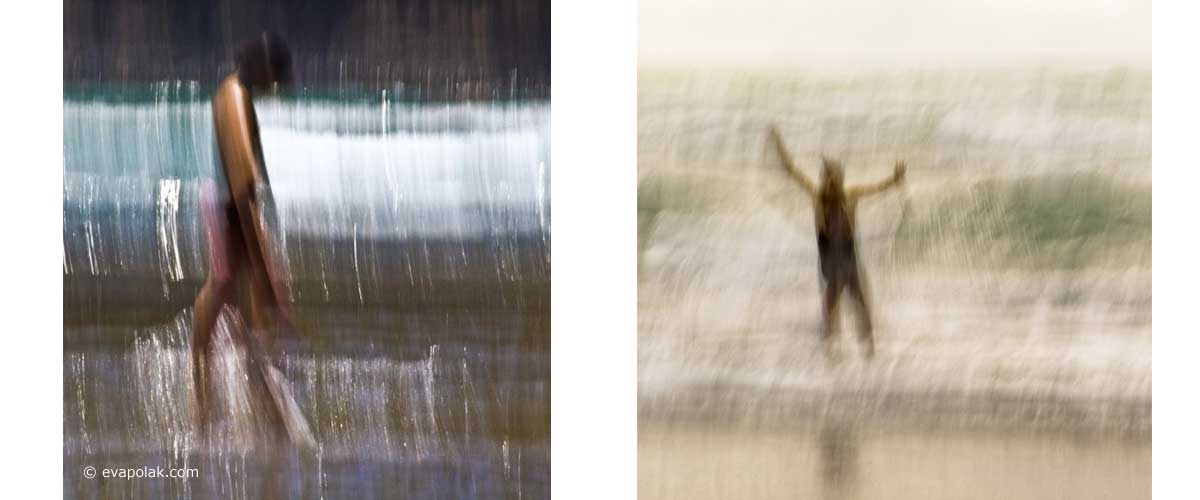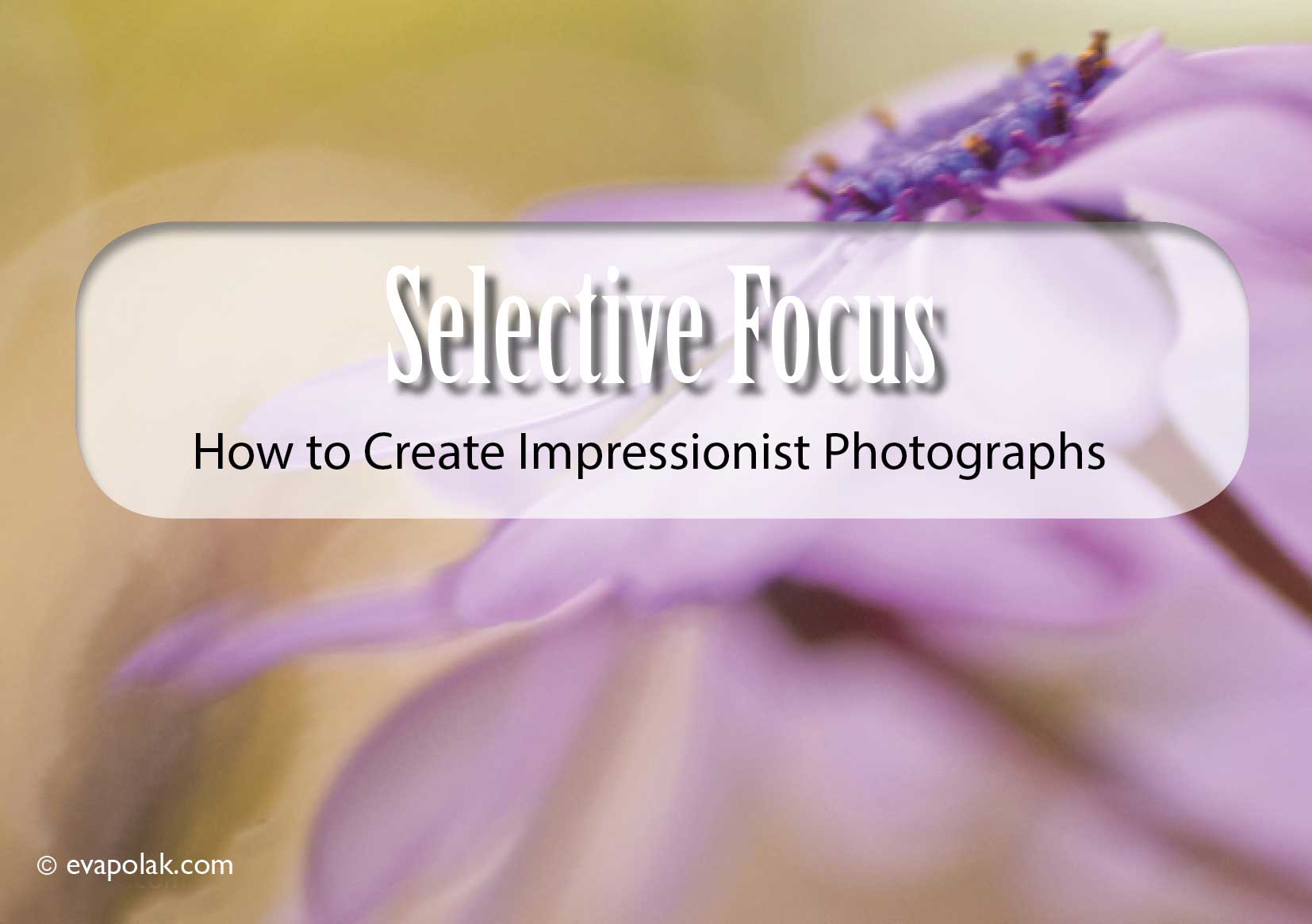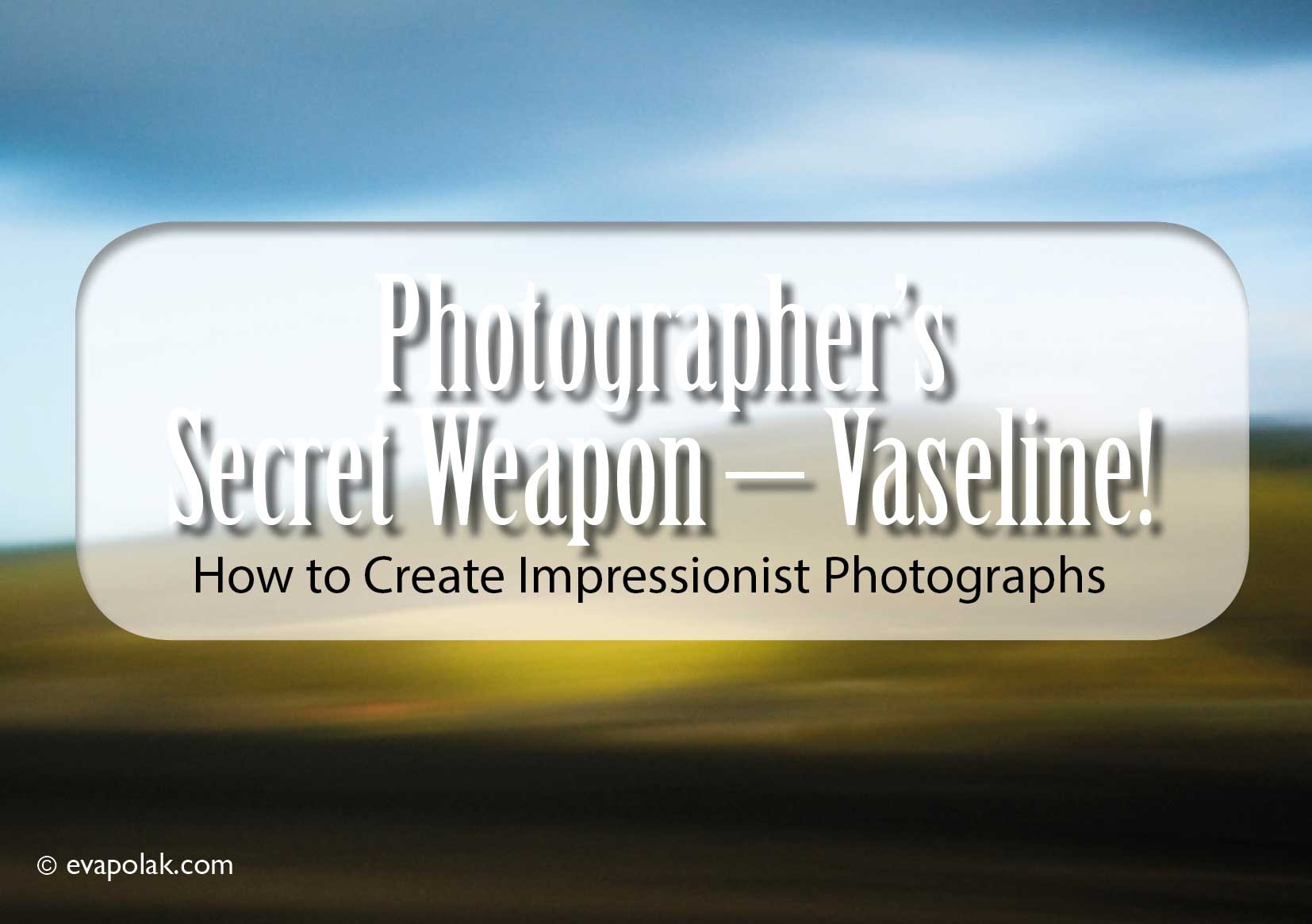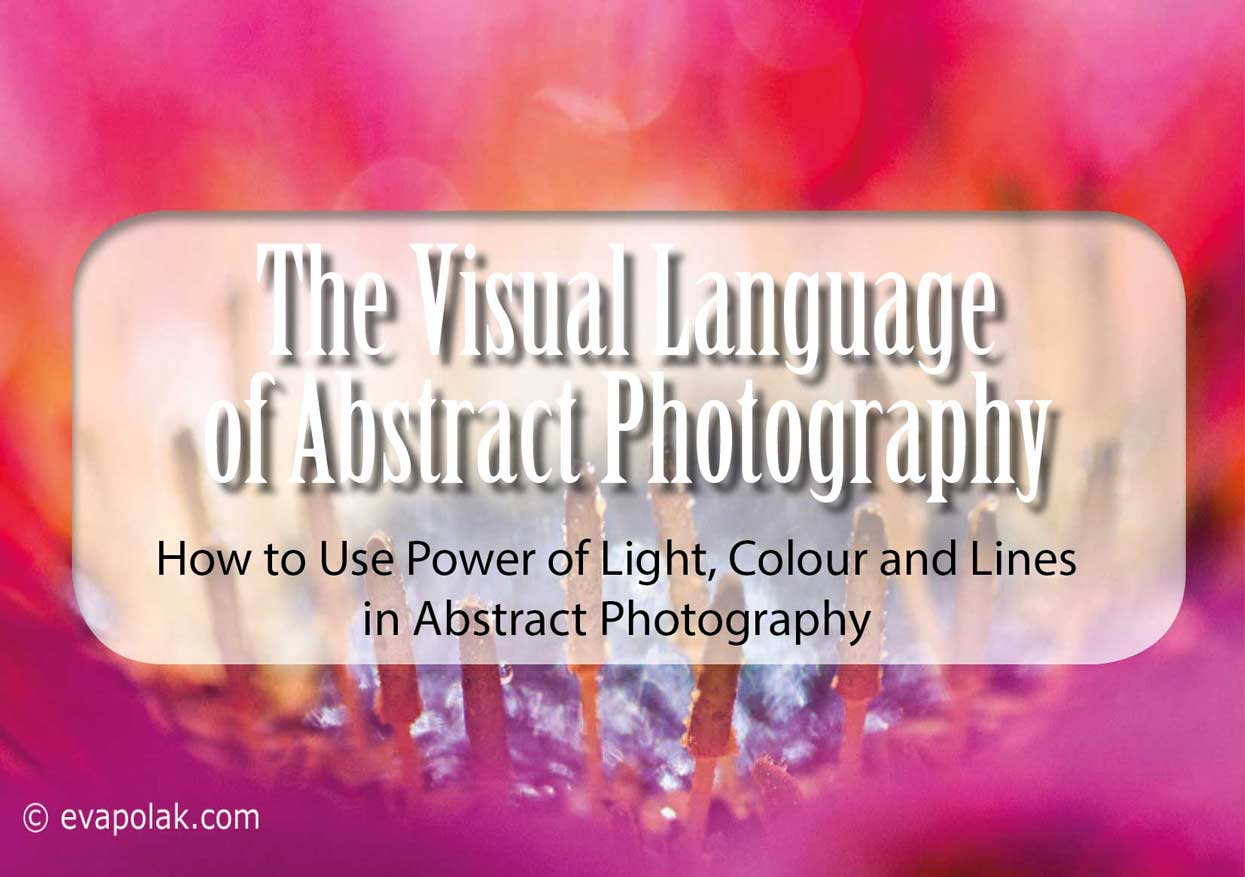There are so many methods of producing impressionist photography, including defocusing, panning, intentional camera movement, selective focus, burst zoom, etc... In fact, one technique even uses Vaseline on the lens (or filter for easier cleaning) to diffuse the light beautifully. Each technique offers a different experience, with its own particular strengths and challenges. The beauty of these techniques lies in their simplicity, and there is no need for expensive cameras or special gear. The only requirement is a camera with manual control settings and a photographer with a touch of creativity.
I find great pleasure and satisfaction from working with camera movement, despite its somehow unpredictable nature. Quite often the result is as much influenced by good fortune and happy accidents as it is by skill and experience.
You will need: Your camera with manual exposure control, any lens, and optional ND filter(s) to block excess light if necessary
Begin by setting your camera to shutter speed priority mode and you are ready to create your first impressionist photograph! A shutter speed of 1/10 of a second is a good starting point.
As the camera movement during exposure is going to strip your subject of details, it is important to choose your subject carefully. Trees are usually very forgiving objects to begin with. They have very strong vertical lines, and you can practise on them as longas you need to. Check your results on the LCD screen often and adjust your shutter speed or camera movement accordingly.
Learning how to read and interpret your camera's EXIF data (Exchangeable Image File Format) can be a valuable post-shoot learning tool. It is a permanent record of the exact camera settings used, including aperture, shutter speed, focal length, ISO, metering, flash and white balance modes, plus the data and time. Analyse how light, shutter speed and camera movement affected the way your subject matter was recorded by your camera. Choose your favourite results and try to replicate them. The more you practise, the better you will become. Slowly, with experience you can move on to more challenging subjects.
The real charm of these photographs lies in their simplicity. It is important to train yourself to break down the scene in front of you into areas of simple shapes and colour. This will help you to create simple compositions with a clear message.
Points to Remember
- Take a lot of pictures. Experimentation is really the key to success.
- Mind your background. Strive for simplicity.
- Don't be afraid of making mistakes. They are part of the learning process. With every mistake, you've just learned something new.
- Above all, have fun!





